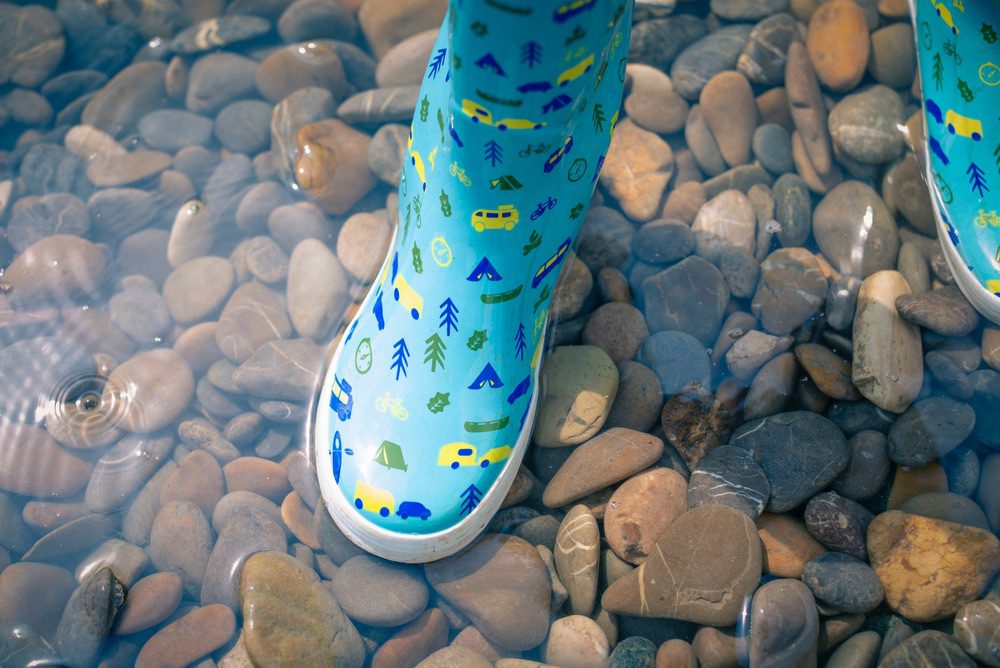Geography at the heart of the primary curriculum
Written by: Tessa Willy and Simon Catling

9 min read
In the primary curriculum, geography is referred to, unsurprisingly, as the ‘umbrella’ subject because of its capacity to make tangible and effective connections across subjects. Geography’s fundamental role lies in helping children to understand the world, its environments and places near and far, and the processes that create and affect them. It encourages a holistic appreciation of how the world works and of the interconnections between concepts such as scale, community, cultural diversity, interdependence and sustainability. Geography is a subject that contextualises and extends the possibilities for developing and applying language and mathematics, and enriches understanding of, and in, subjects from science and history to art and design.
As a required curriculum subject, it is important that geography is not only given appropriate time, equivalent to at least its hour a week, but is also identified clearly and taught effectively. This article outlines important aspects o
Join us or sign in now to view the rest of this page
You're viewing this site as a guest, which only allows you to view a limited amount of content.
To view this page and get access to all our resources, join the Chartered College of Teaching (it's free for trainee teachers and half price for ECTs) or log in if you're already a member.
This article was published in September 2018 and reflects the terminology and understanding of research and evidence in use at the time. Some terms and conclusions may no longer align with current standards. We encourage readers to approach the content with an understanding of this context.
0
0
votes
Please Rate this content
Subscribe
Please login to comment
0 Comments
Oldest
Newest
Most Voted
Inline Feedbacks
View all comments










